Vision to share First Nations seaweed knowledge
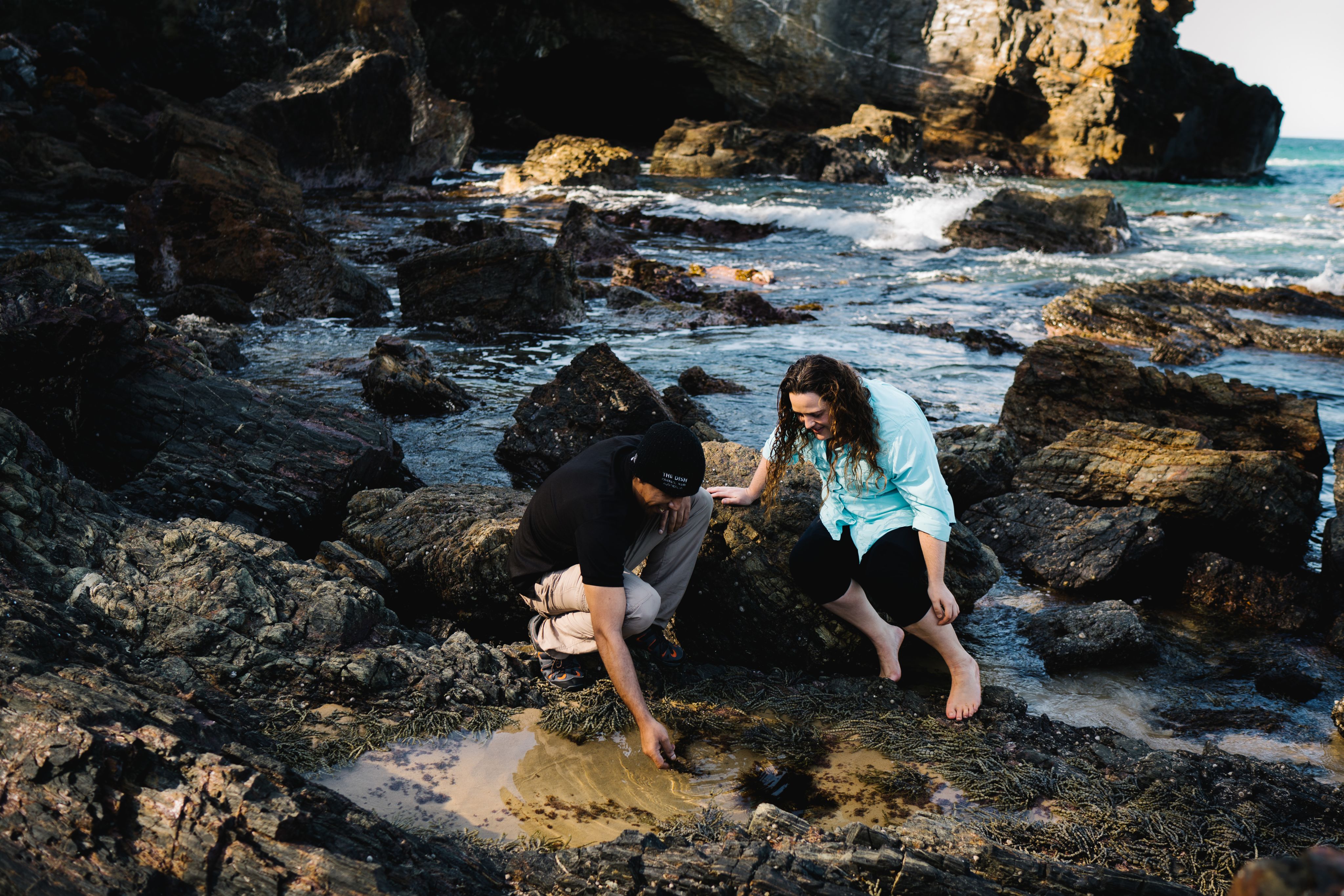
As part of Australia’s emerging seaweed sector, South Coast Seaweed is connecting Indigenous knowledge and culture with new business opportunities that will sustain marine life and local communities.
Sarah and James Thomas have the vision to foster Indigenous knowledge through business opportunities on the South Coast of New South Wales – and growing seaweed is just the start.
Sarah is a Kamilaroi woman born and raised in the Hunter Valley, NSW, while James is from the Yuin nation and his people are the saltwater people of the far South Coast NSW where the couple now lives.
The chance to personally connect with the region’s Indigenous knowledge, and to share it with the next generation of Yuin and non-Indigenous people, are key drivers behind their business, South Coast Seaweed.
They first stepped into the seaweed sector after Sarah’s involvement in marine habitat restoration work led by OzFish Unlimited. Sarah helped to establish an OzFish Eurobodalla chapter and is currently vice-president. The Ozfish projects initially focused on water quality monitoring of local waterways after the 2020 summer bushfires, and then moved on to the restoration of seagrasses in estuaries.
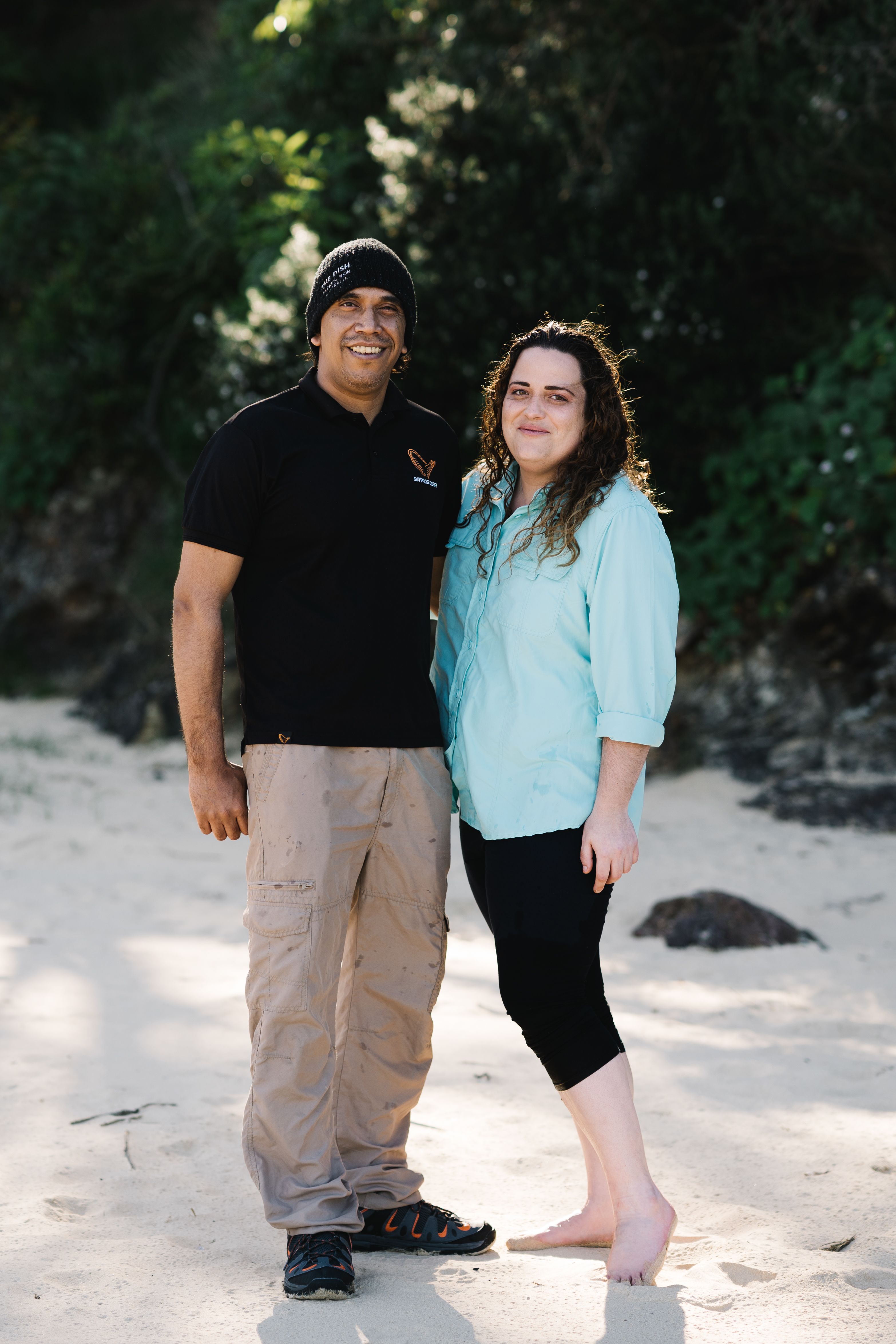
From seagrasses to seaweeds
“I was absolutely fascinated that these amazing underwater seagrass forests in the estuaries,” says Sarah. “Then James and I started linking up some of the traditional knowledge and heritage around cultural fishing practices, which include using seaweed to catch fish.”
“We decided we really wanted to delve into the traditional and cultural uses of seaweed in Australia and how those fit into Indigenous coastal communities.”
And so South Coast Seaweed was born, based in Bateman’s Bay, with a vision to share both knowledge and seaweed.
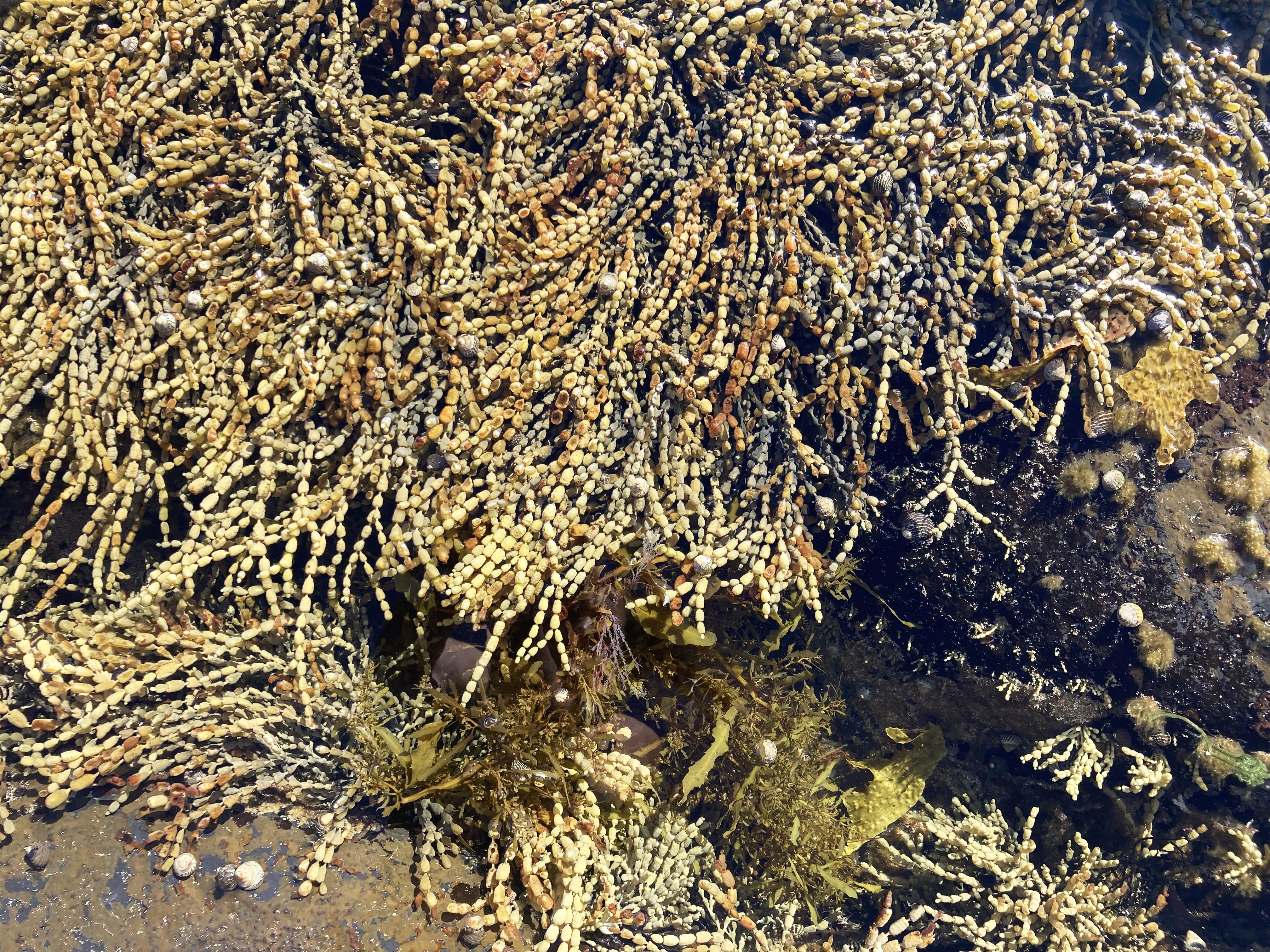

“I was absolutely fascinated that these amazing underwater seagrass forests in the estuaries,” says Sarah. “Then James and I started linking up some of the traditional knowledge and heritage around cultural fishing practices, which include using seaweed to catch fish.
On the seaweed side of the business, they have started with a licence to harvest beach-cast seaweed, specifically golden kelp (Ecklonia radiata), which they use in a range of products, including seaweed salts, seasonings and kelp flakes.
“We’ve been prototyping a few other different products like lotions and collaborating with other local companies to create seaweed focaccia breads and other products,” Sarah says.
“But we’d really like to have a marine lease with a commercial licence to farm seaweed. We’d like to create a seaweed innovation hub for research and reproduction of Ecklonia as well as having a processing facility so that we can process seaweed at a larger scale to continue to grow our business.”
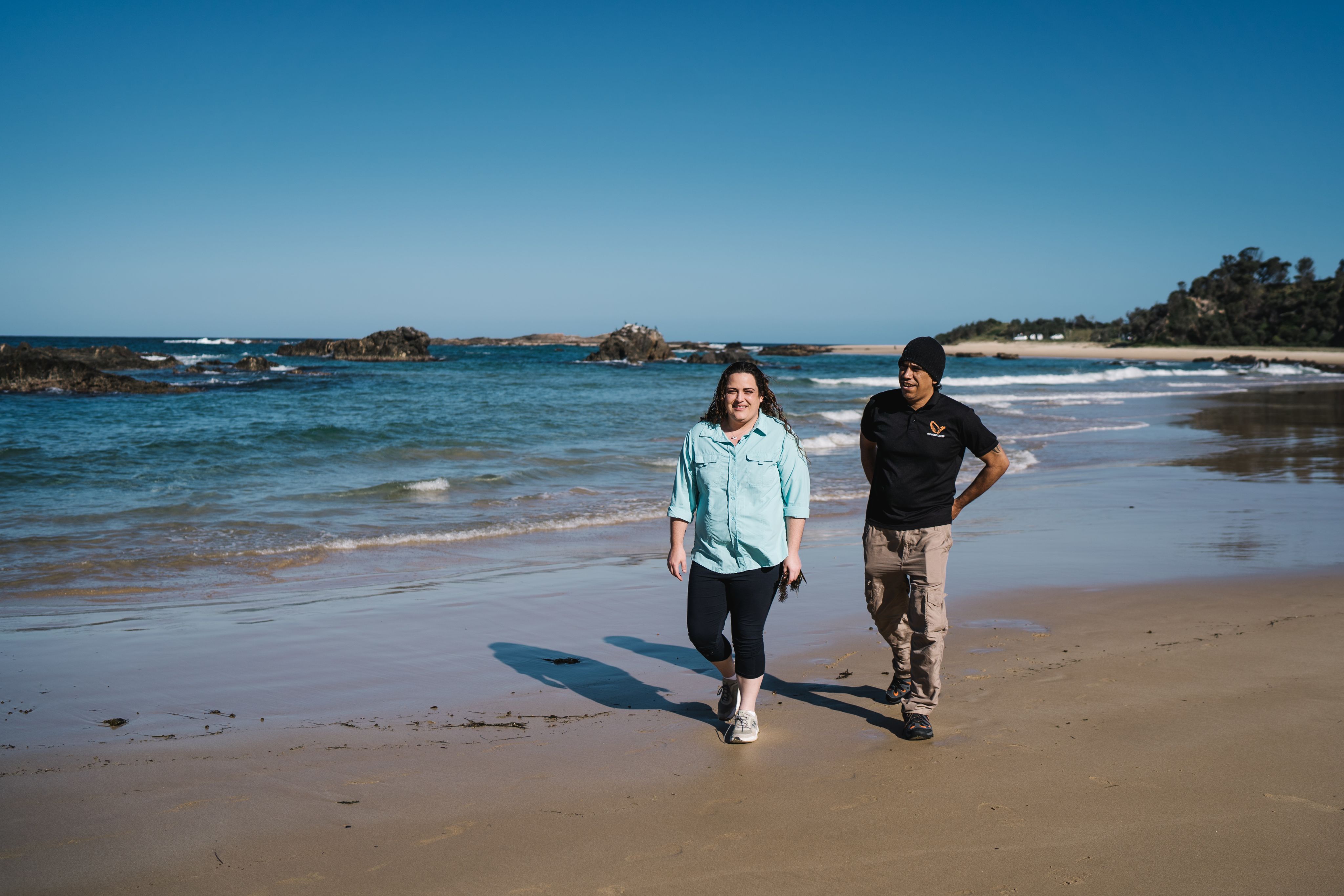
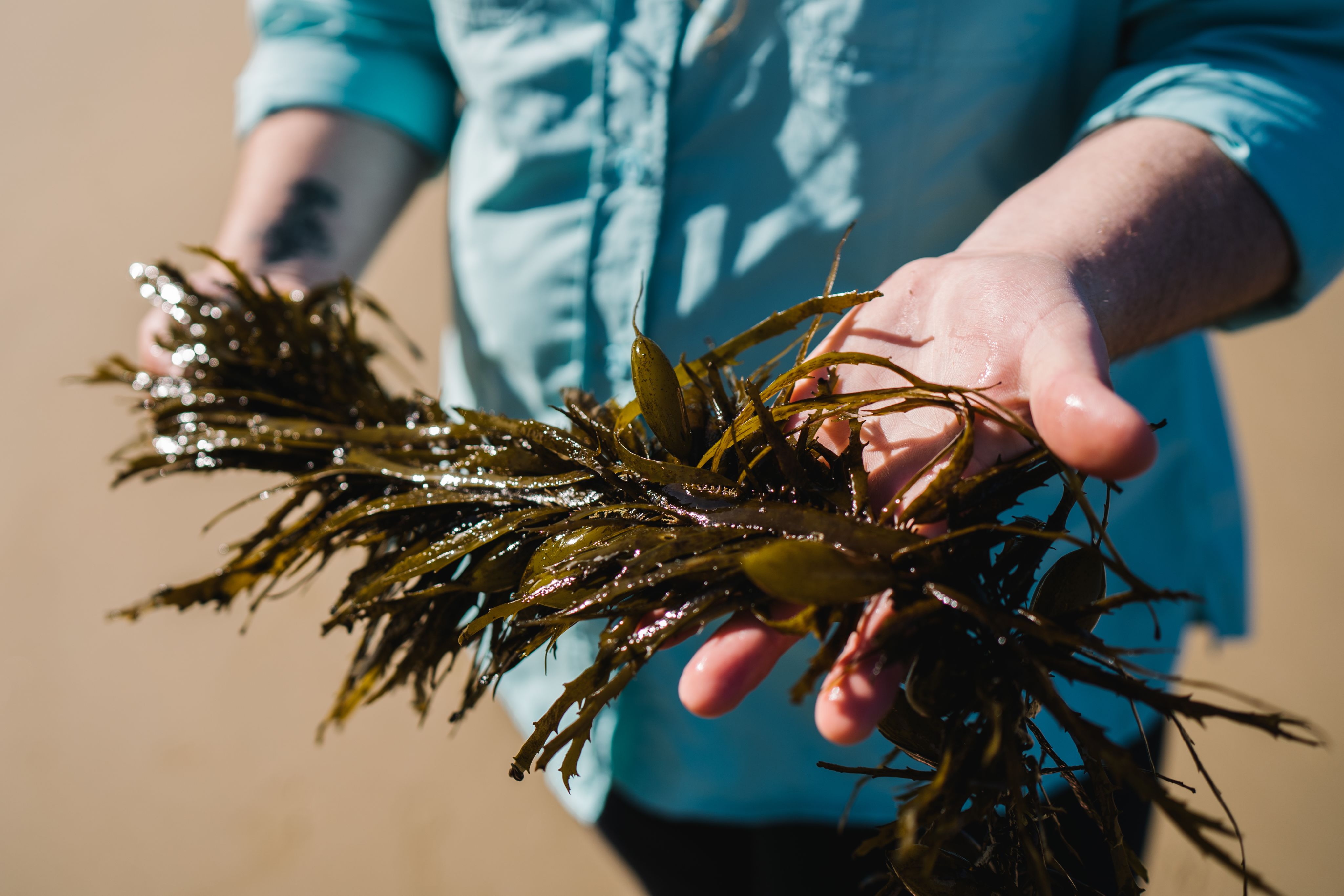
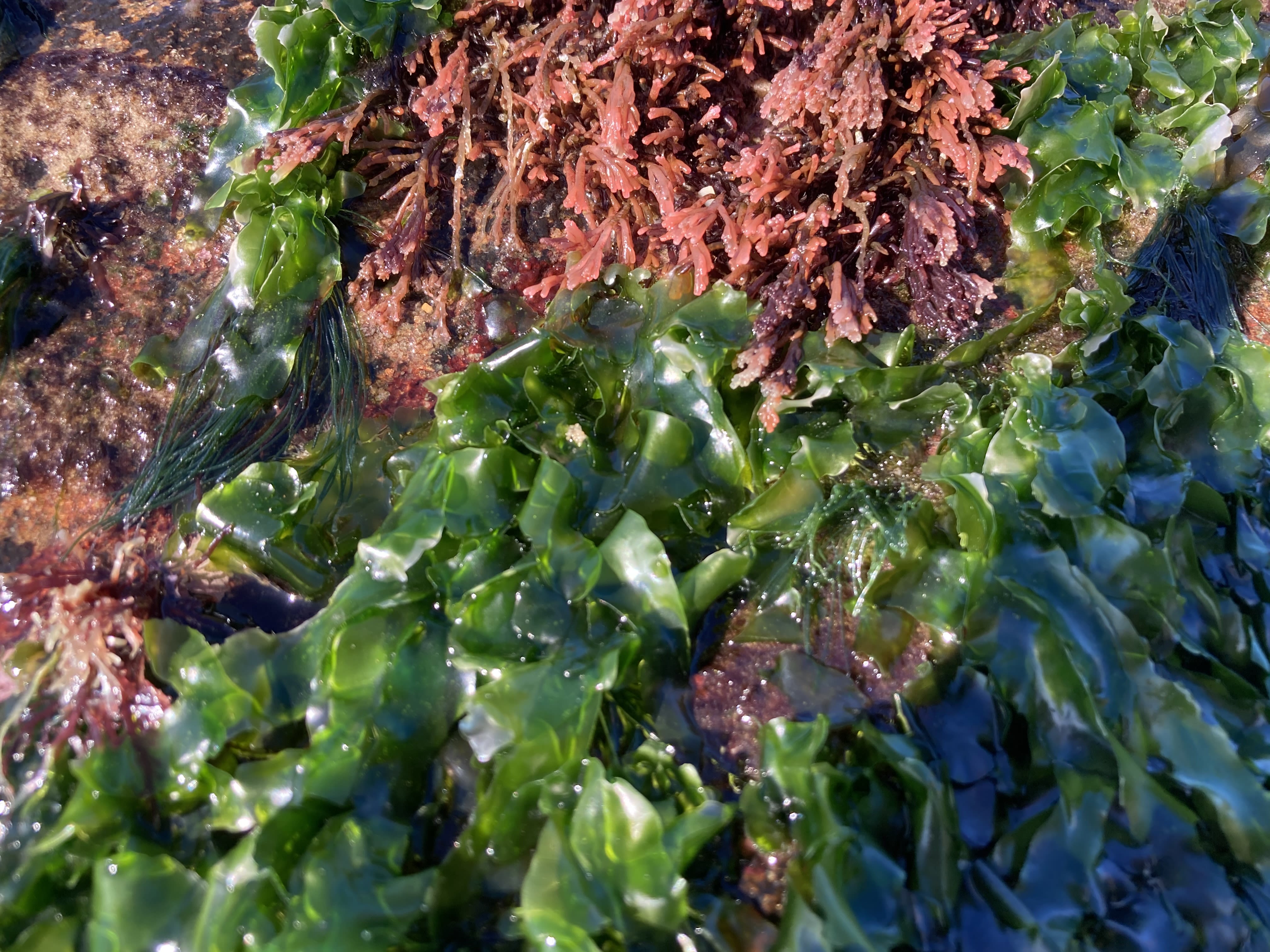
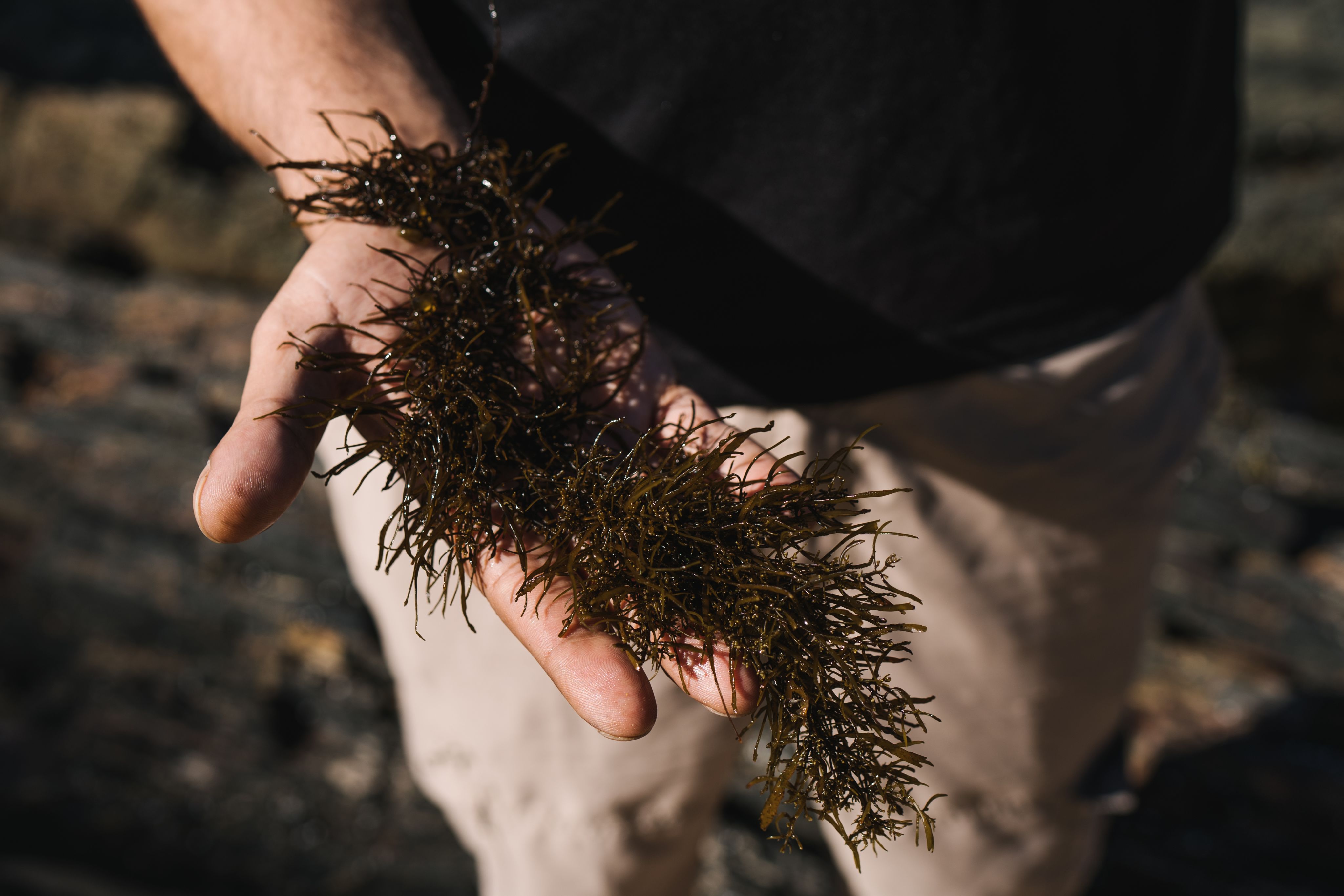
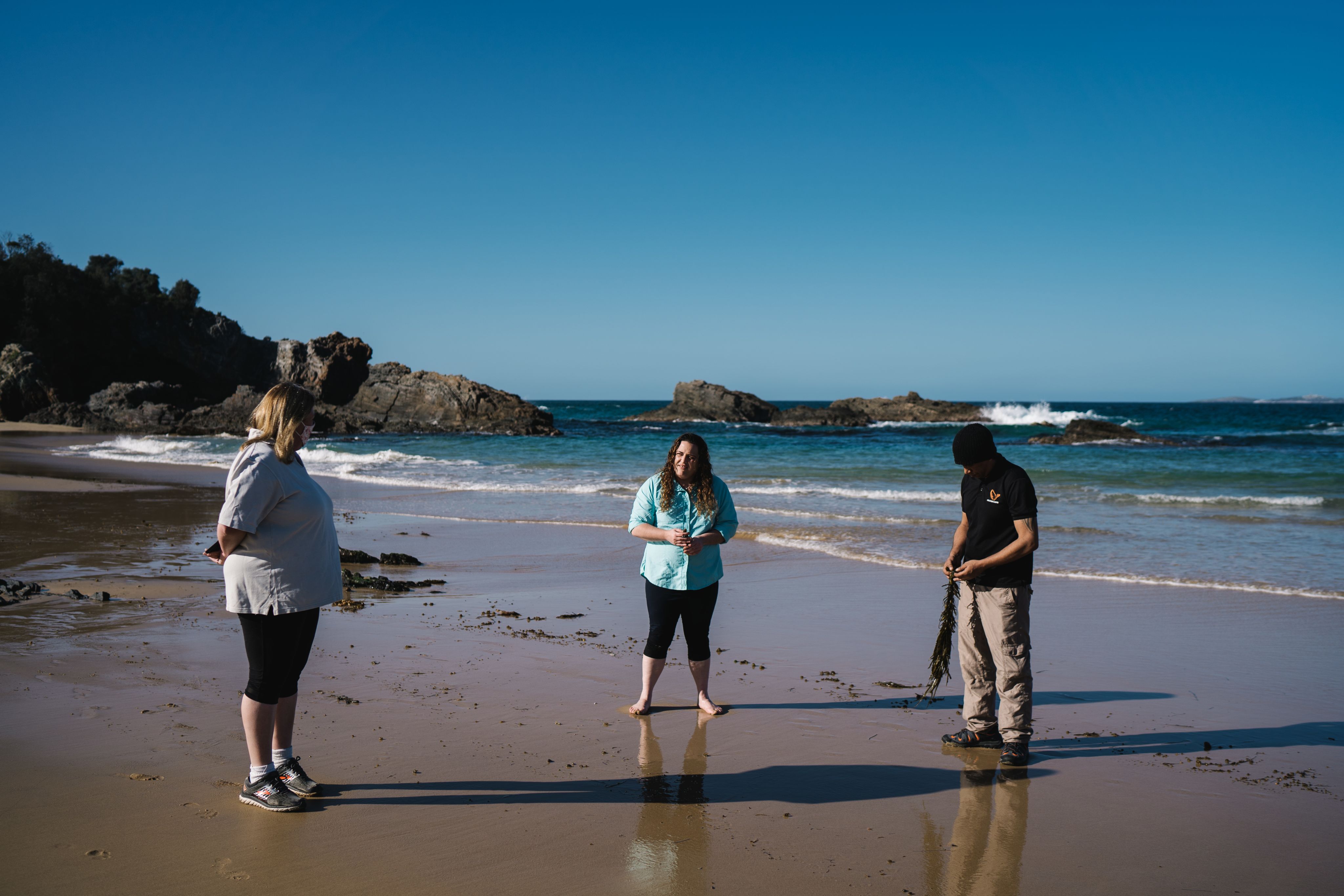
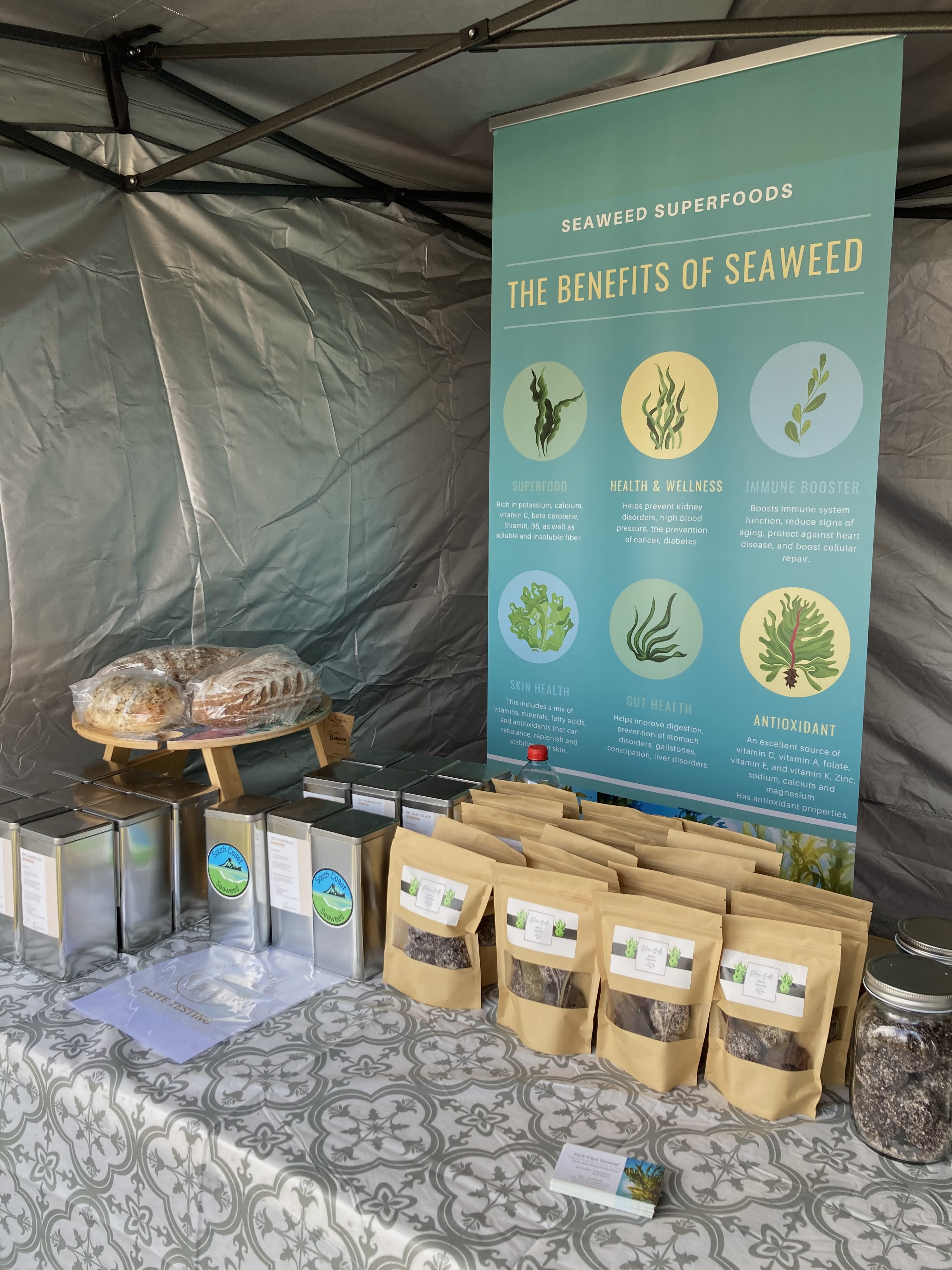
First Nations opportunities
Sarah sees the innovation hub as being a community-led facility, allowing different partners to collaborate and share knowledge.
“Our goal is to create First Nations opportunities in aquaculture, specifically farming seaweed. We want to start doing more research around different species, growing those species and bringing those opportunities for Indigenous people to get back out onto Sea Country and learn about all these amazing things,” she explains.
These aspirations have been supported by several programs, including the FRDC-funded National Seafood Industry Leadership Program (NSILP). James took part in the program in 2020, and Sarah was a participant in 2021.
“NSILP definitely confirmed our dreams of establishing a commercial operation. It helped us define our pathway into the industry, what we wanted to do and what we were passionate about.
"It also introduced us to all the different sectors within fisheries – from recreational fishing, aquaculture, research and development and all the amazing things that happen within commercial fisheries. It helped us gain leadership skills and gave us the confidence to step forward as leaders in our community.”
Sarah’s participation in the Minderoo Foundation’s Generation One initiative five-week Masterclass program has also helped boost business development. This is run in collaboration with the UN Development Program and Citi Foundation’s Youth Co: Lab initiative.
Sarah says this has given them further confidence to take the business forward and find the right partners. In a final pitch session as part of the program, Sarah won the ‘Ready to Grow’ award and $20,000 in seed funding for the business.
In late October, South Coast Seaweed was also named as the winner of the Regional Indigenous Business Award as part of the Indigenous Business Month Awards run by the University of Melbourne’s Business School.
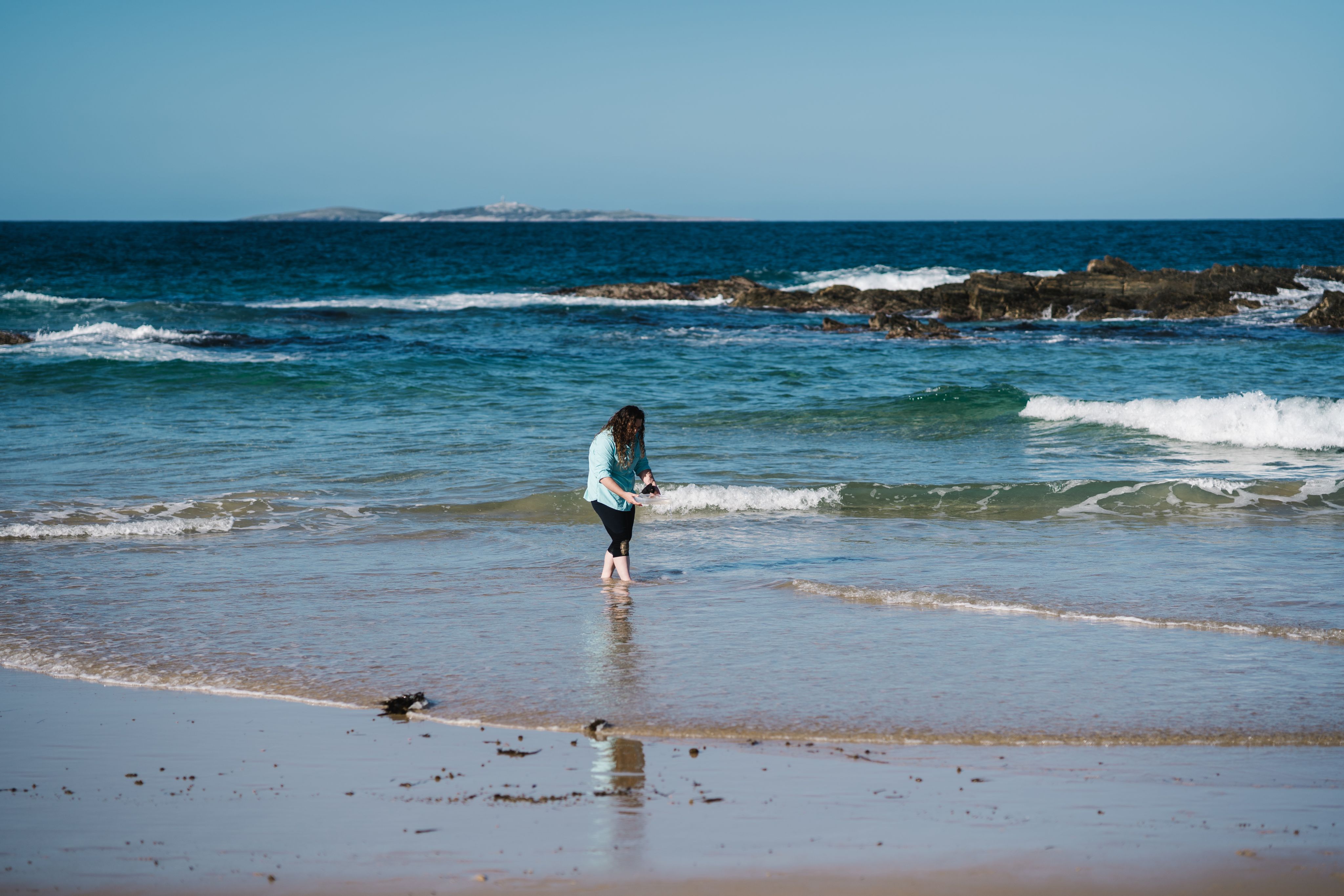
Sharing knowledge
On the knowledge side of their business equation, they have been busy running seaweed identification tours. In partnership with Macquarie University, Sarah and James have developed educational resources around the customary significance of seaweed and are proud to be a part of the National Indigenous Science Education Program showcasing First Nations marine science with the next generation of young Indigenous leaders.
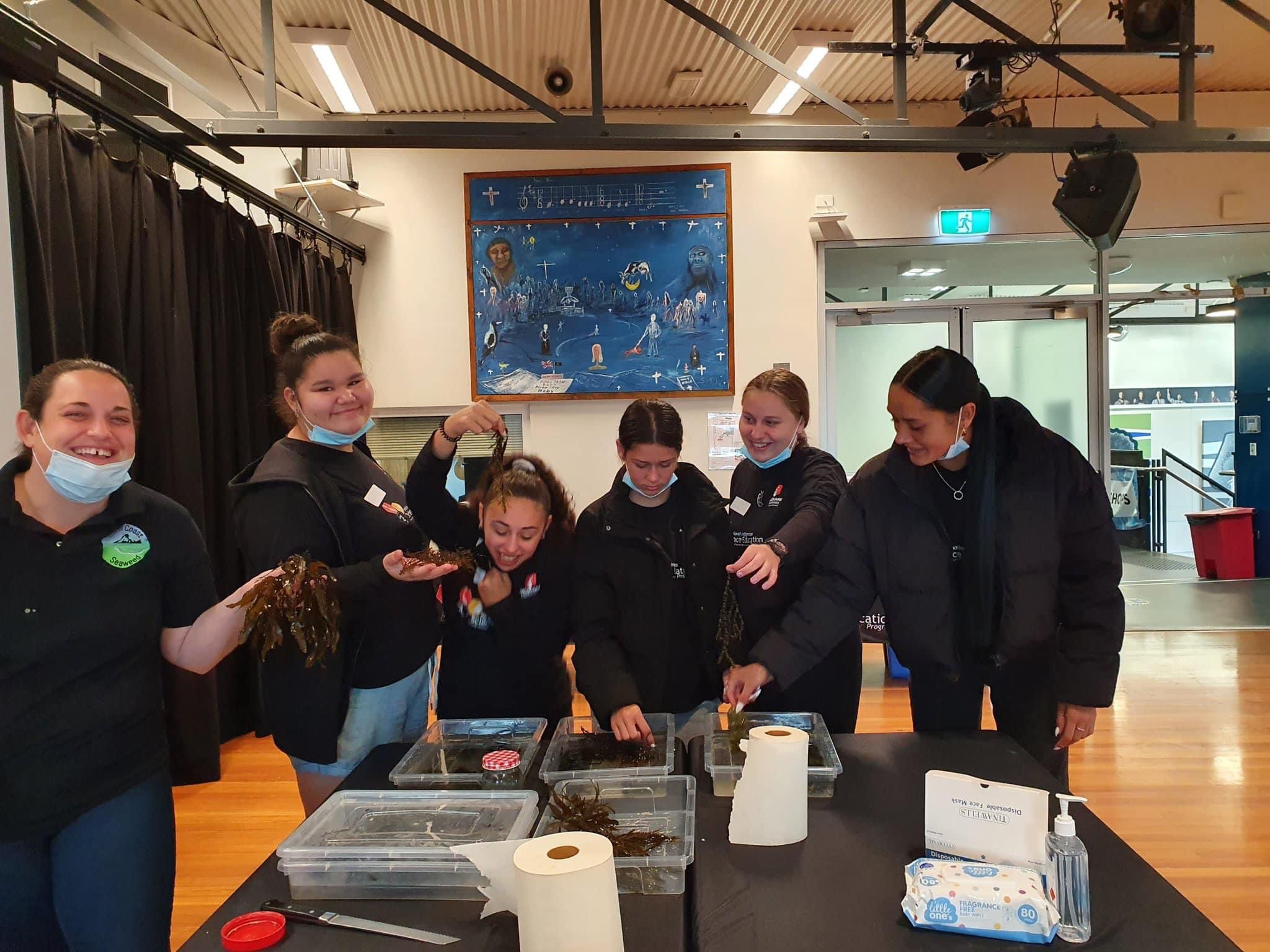
They have also developed the Taste of Eurobodalla food experience workshops, in conjunction with Eurobodalla Shire Council. Three workshop and dinner events this year, held at Bateman’s Bay, Moruya and Narooma shared the very best seafood that the South Coast has to offer, including seaweeds and showcased 65,000 years of cultural heritage sustainability. The menu included Native Oysters (Ostrea angasi) with spiced pickled seaweed and seaweed bliss balls, served with lemongrass and kelp tea.
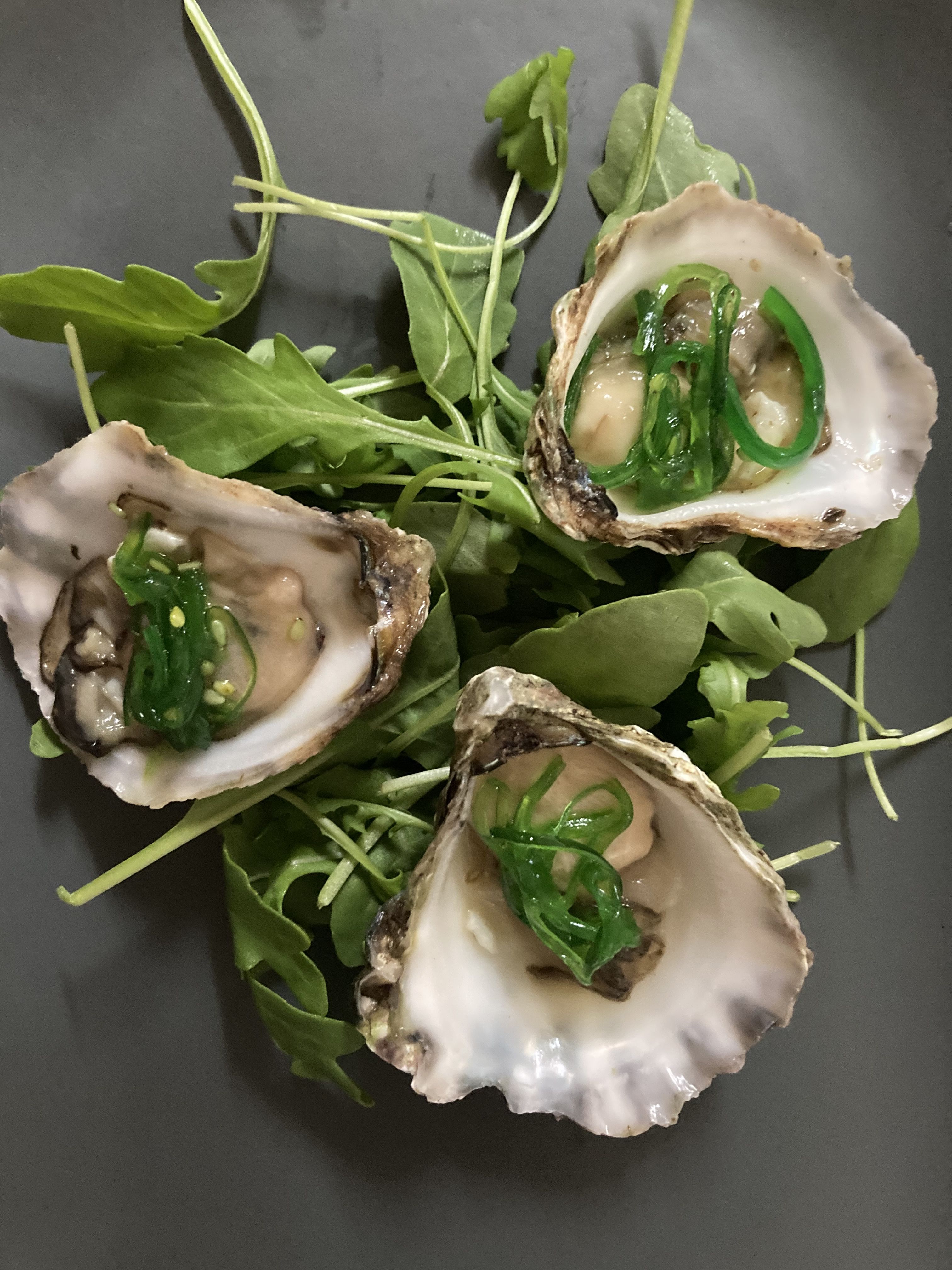
“We sold out all of the workshops and it's been an amazing response,” says Sarah. “Over the past six months the community has been really supportive of everything we’ve been doing out on Country, and they’re so curious about the marine conservation side of things.
“People living on the coast want to get out on the beach and learn a little bit more, so they can have that connection to Sea Country.” says Sarah.
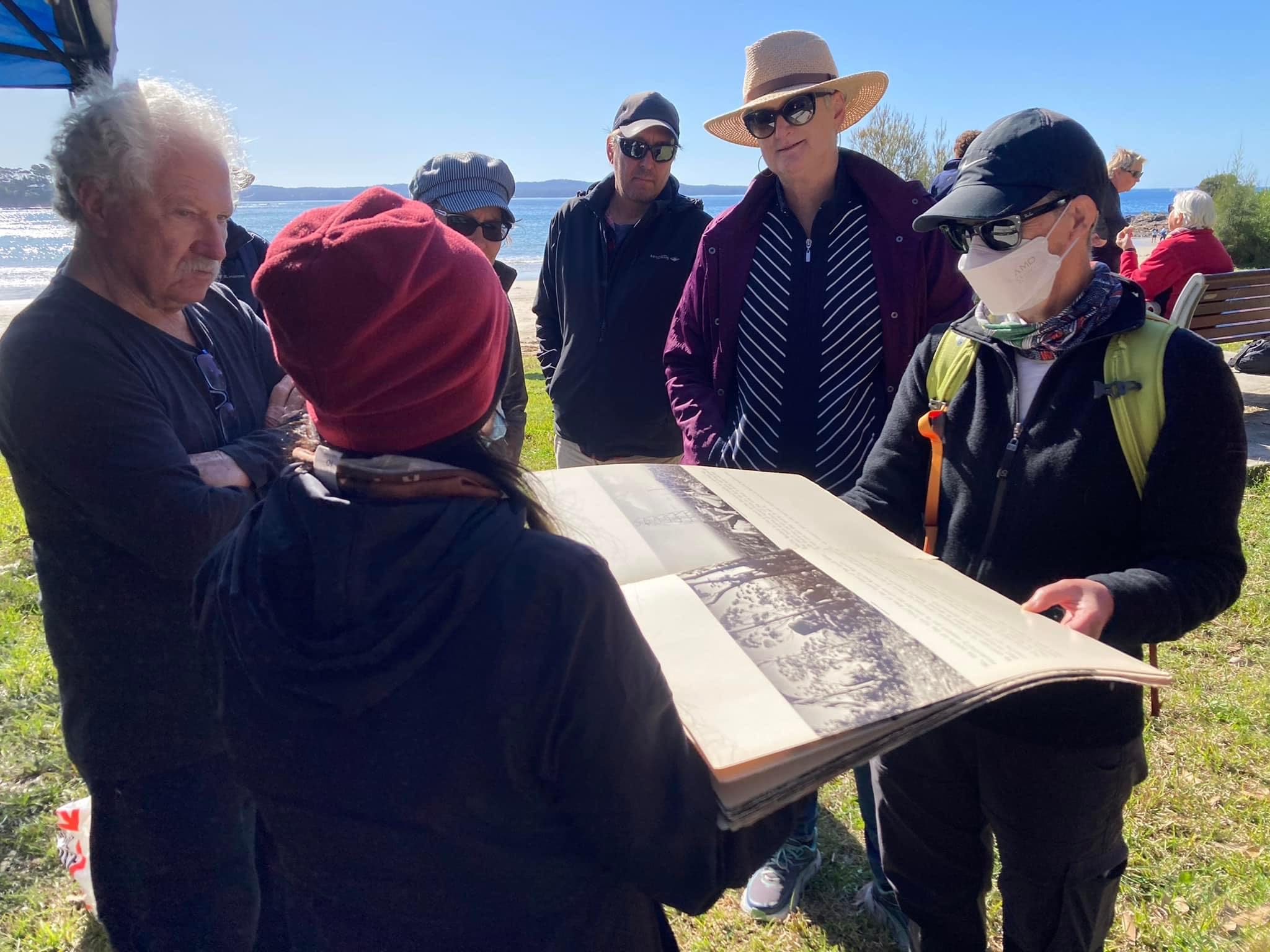
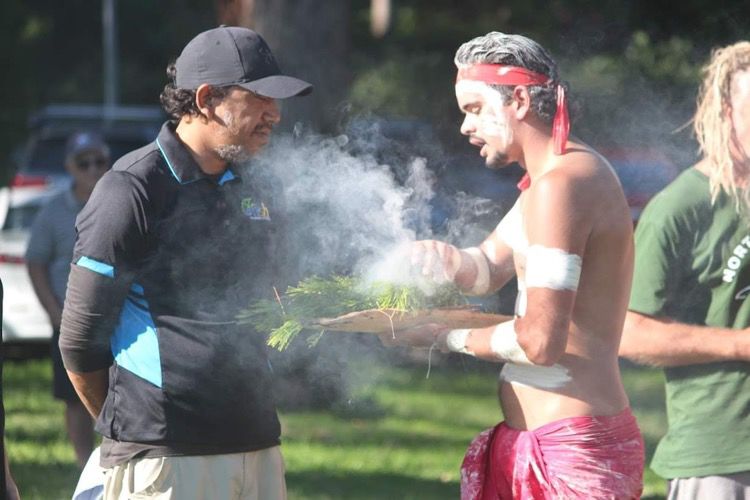
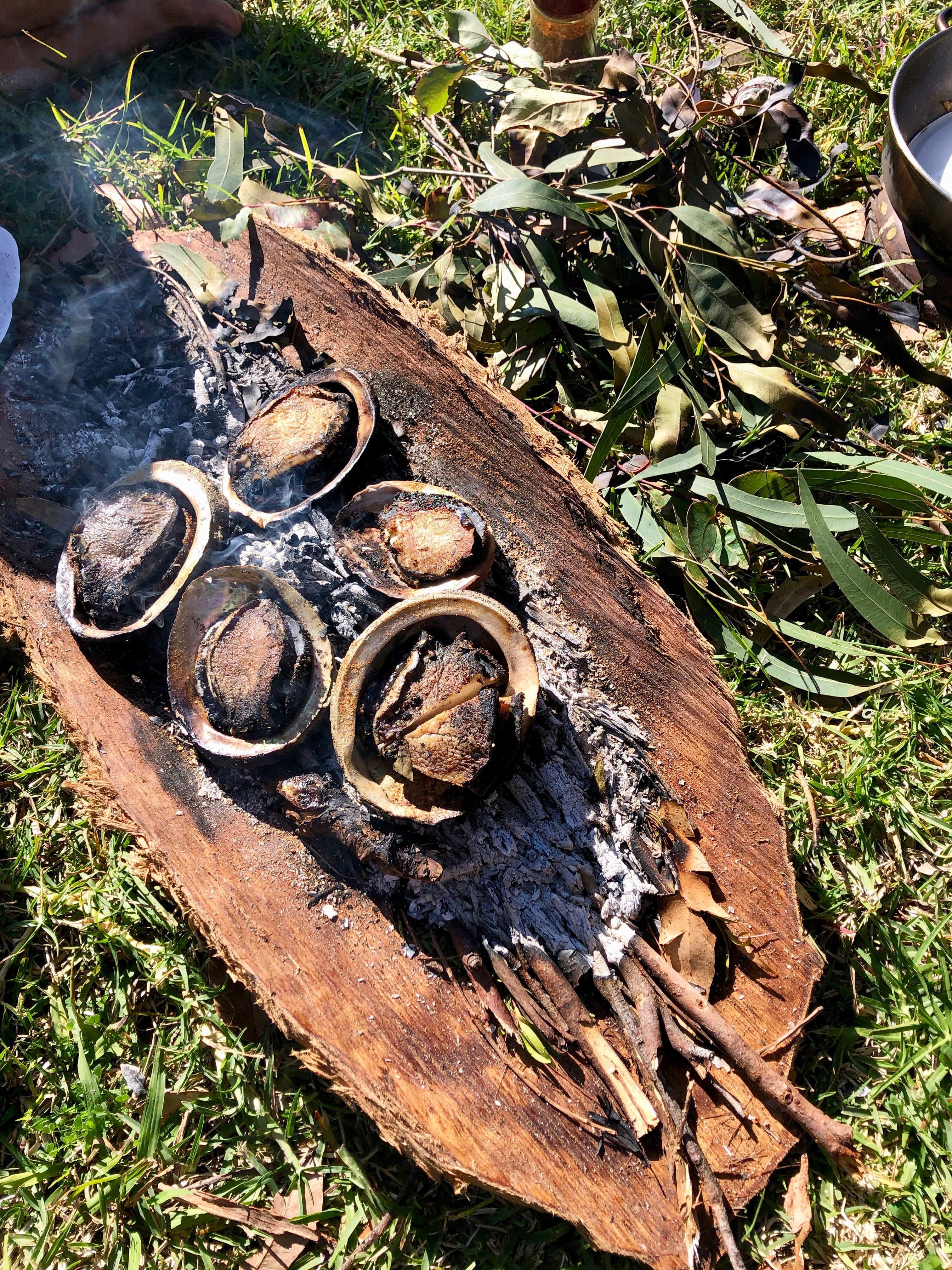
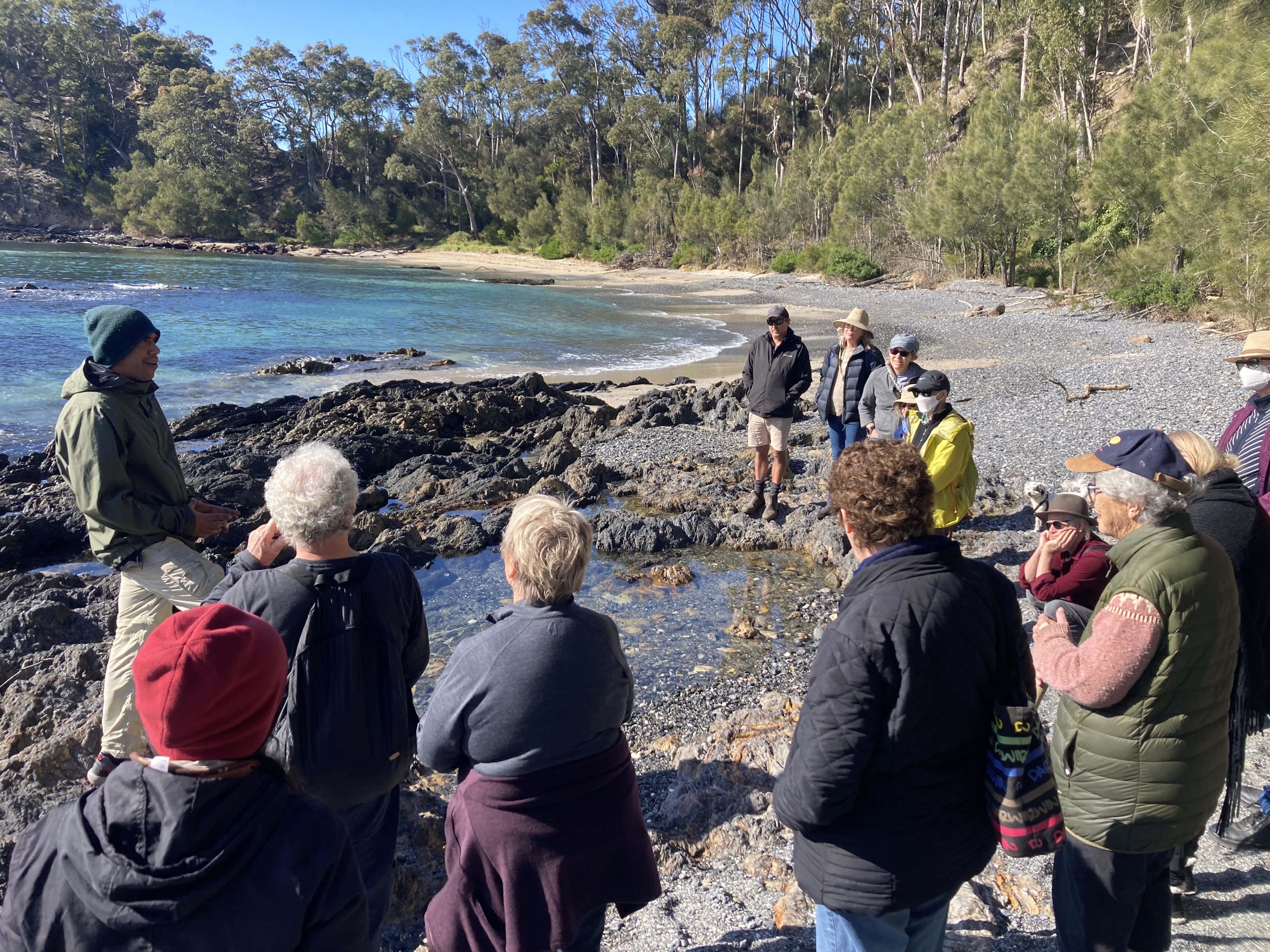
Another project they have been working on is a research paper to identify the cultural and customary significance of seaweeds in Australia.
So far, they have detailed 12 species and uses, and plan to continue mapping out species across Australia, starting with those on the far South Coast. This work is being carried out in conjunction with Macquarie University and has already resulted in one peer-reviewed publication.
Sarah remains an advocate for habitat restoration, which now takes in both seagrasses and seaweeds. She says more than 85 per cent of Australia’s seagrass meadows have disappeared, and kelp forests off the NSW South Coast have also declined by more than 70 per cent.
“This represents hundreds of thousands of hectares of natural habitat that includes some of Australia’s most important fisheries,” she says. Sarah is an active contributor to the OzFish Eurobodalla habitat restoration projects, particularly those re-establishing seagrasses along local estuaries and shorelines.
She also hopes that seaweed aquaculture technology will support the restoration of native kelp forests and is working collaboratively with a range of agencies including local government, not-for-profit organisations, commercial fishers and community members, to support a sustainable future on Sea Country for future generations.
More information: SouthCoastSeaweed.com.au
This article was first published in the Fisheries Research and Development Corporation (FRDC) November e-newsletter.
Design: Fiona James, Coretext
